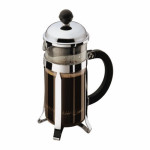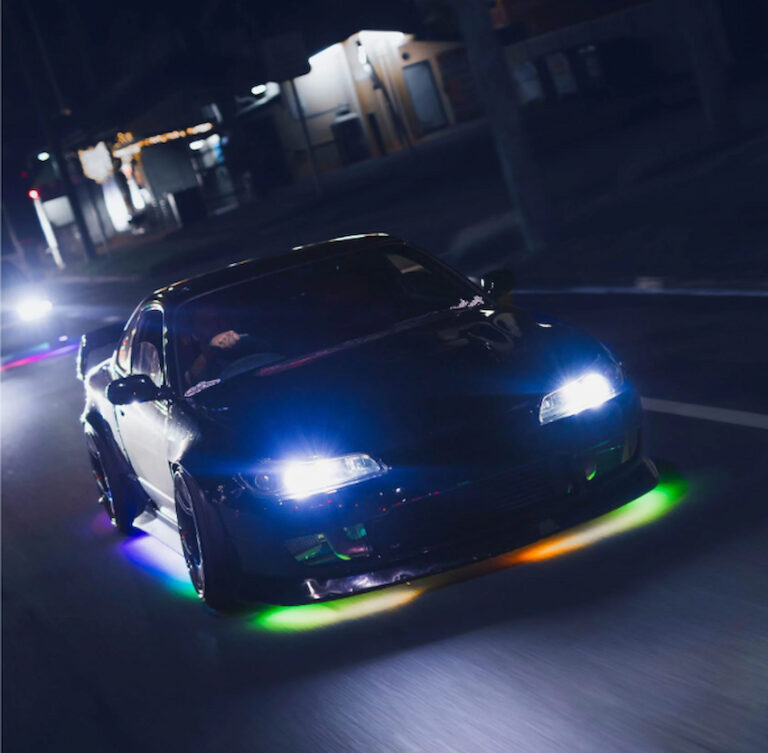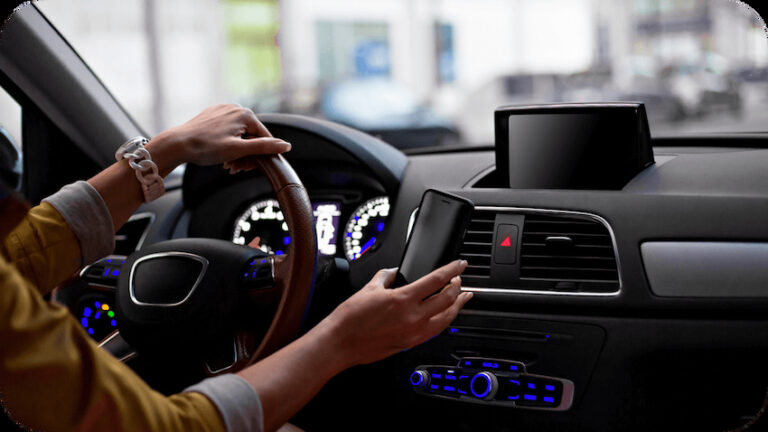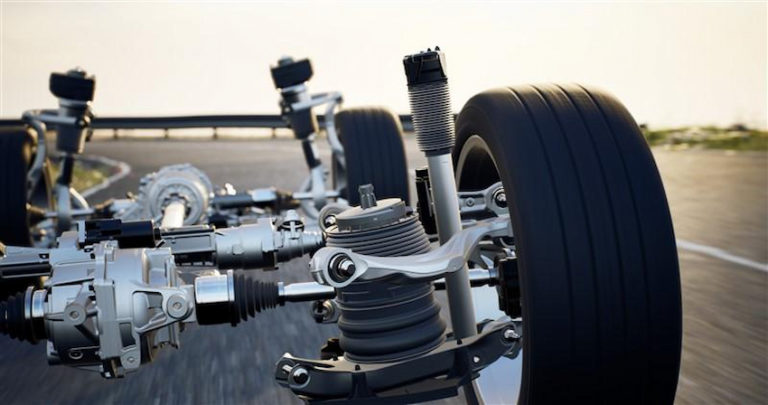There are dozens of reasons why you’d want to upgrade your off-roading rig, be it a ute or dedicated 4WD station wagon. For any venture out in the bush, you’ll need the car protected from all sides, a suspension setup that can cope with the terrain, tyres to grip loose surfaces and with all the dust, haze, and low visibility you’ll encounter, a decent set of lights. And this is before you start looking at essential camping gear if you plan to stay for a few days.
Aftermarket lights are what many off-roading enthusiasts often overlook, and it’s not until you can’t see anything with the stock headlights that you’re aware of how important they are. Needless to say, driving in the Outback and within the confines of the city are two totally different things. Donning the car with a pair of driving lights and a decently-sized light bar sitting higher up will reduce the chances of a collision and damages to the vehicle to the point that it won’t budge.
Why Have Light Bars?
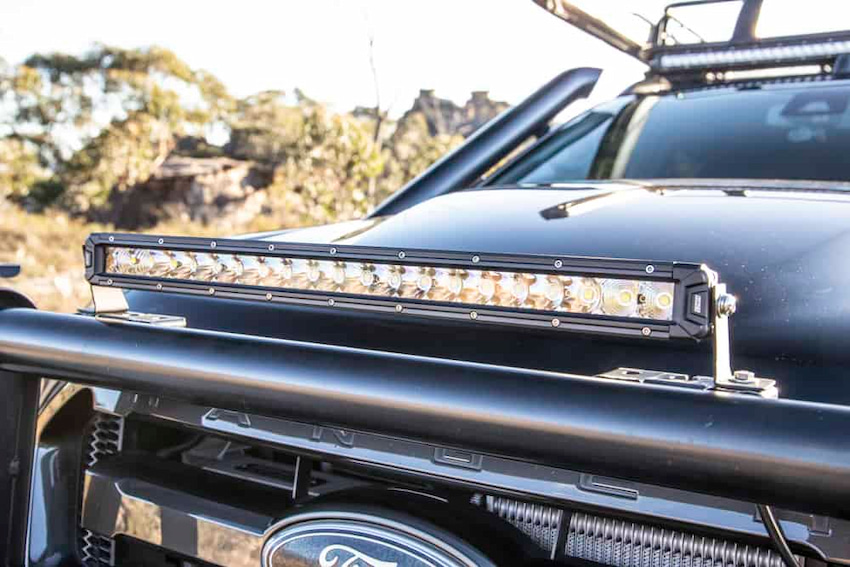
Light bars are no longer the reserve for the lucky few. They’ve become more accessible, have improved in performance due to better tech and build, and are the missing link in vehicles ready for some off-roading fun. If you’re still clinching to your hard-earned cash, these undeniable pros about practical LED light bars will soon change your mind:
• Performance – Even the smallest light bar provides enough brightness to both sides of the vehicle to avoid colliding with curious kangaroos and other wildlife. Hit one of these at any speed and you’re in trouble. Opt for an LED light bar in a larger profile, and you’ll have abundant lighting in the distance as well, to the point that you can (often) skip the grille or bull-bar mounted driving spotlights. Of course, how bright the lights get will depend on a few factors besides size. Here the quality of the LED chips is one of the more crucial factors, as well as how light is dispersed through the lens arrangement.
• Durability – The options available today are built much better than they were just a few years back, and far surpass the car’s factory head or fog lights. There’s more attention to the materials used, how different parts are assembled, and the general quality of the whole package. If your ute or 4WD runs stock halogens, things like higher brightness levels and more natural colour temperatures are what you’ll notice first. LEDs are also better suited to typical off-roading conditions. They aren’t affected by heat or vibrations, won’t break on impact, and by design will last much longer (50 thousand plus hours). In short, they are more durable, and hence cheaper options over the long term.
• Appearance – The automotive light bars just look good. They sum up the whole rugged and ready feel to a car that’s primed with kit for serious off-roading enjoyment. The sleek and slim industrial design and the use of high-end metals in the housings are a testament to the thought light makers have put into them.
Choosing an LED Light Bar
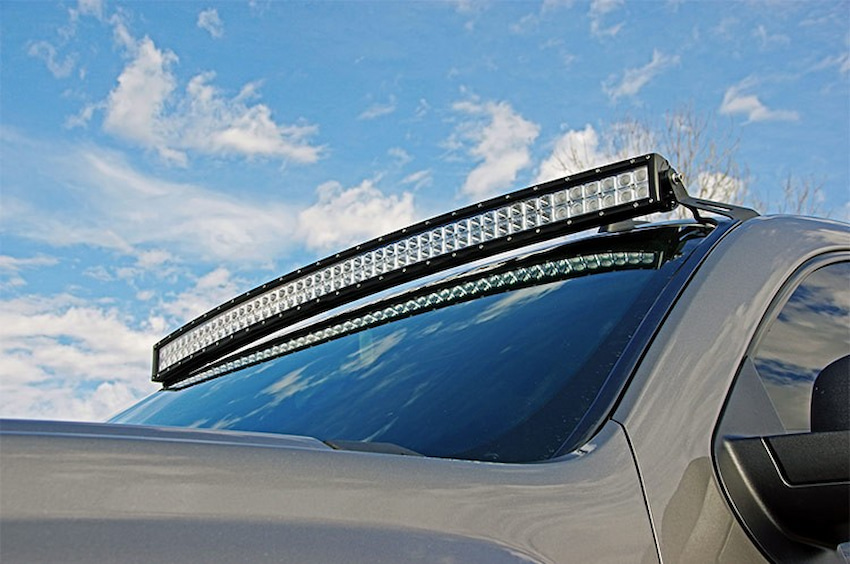
With so many options, which LED light bars do you go for? Consider beam patterns or how light is spread, overall sizes and designs, brightness levels, how the lights are built, and whether they meet your allotted budget.
Beam Patterns
If you need a light bar that complements your driving and headlights for the ultimate visibility further out, then look for light bars with spot beams. These can outshine even the best and biggest driving lights. For more peripheral vision, get bars with flood beams. Most drivers, though, will find the combination of spot and flood beams meet their needs best. Your choice of beam patterns will mostly depend on where you will be driving and the speeds that you reach.
Single or Dual Row
Single-row light bars feature fewer but bigger globes. This leads to a slimmer profile but doesn’t mean you’re missing out on performance. More LEDs are packed into a dual-row light bar, meaning a slightly taller footprint. Both types have more than adequate brightness, so choosing between the two is more about looks than how the lights perform.
Sizes
Possibly more important than the previous bits. This ranges from 6 inches, meaning you can combine two or more light bars in the same space, or go for a single 50-inch variant. Naturally, the bigger the light the brighter it is. Do, however, have in mind the power draw, and how you plan to run the lights. For bigger lights, a secondary battery is a must.
Brightness
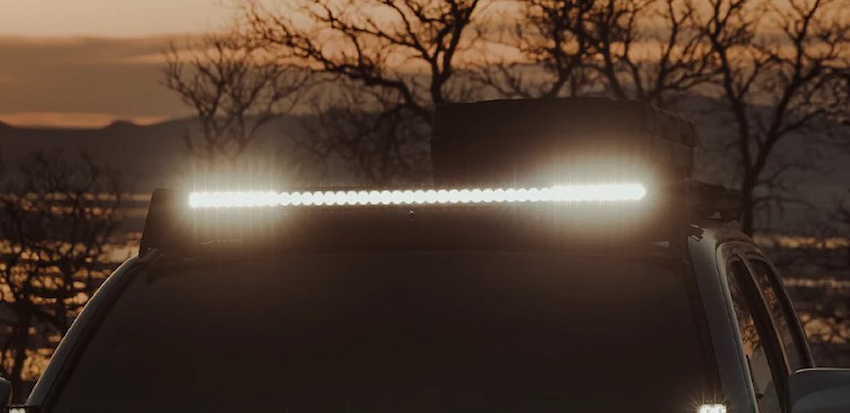
You’ll hear outrageous claims by different light makers (and some of the hype is true). To shun any doubts, go by the effective or rated lumens of the light bar. The bigger the number the higher the brightness. Lumens numbers also appear alongside LUX ratings. This is the available light at a rated distance. Lights with more than adequate performance mean more of the road is illuminated, so it gives you more time to make any necessary changes while driving. Put simply, more brightness equates to more safety, and you can bump up speeds without hesitating.
Build and Materials
Look for durable and hardwearing aluminium housings, scratch and impact-resistant lens covers, sealed wiring, and adjustable quality metal mounting brackets. Higher IP ratings ensure that the lights will work regardless of the road and weather conditions, being water, heat, and UV resistant.
Other Considerations
Consider where you’ll be fitting the lights, and read up on separate state laws on light bar use and placement. Also look into the LED chip makers, as inferior or untested chips will impact performance and longevity. Off-roading light bars and driving lights are sold in dedicated automotive lighting stores. And if you’re after tried and tested lights, with high brightness, superior construction, and simple plug-and-play installation, there are a few Aussie brands that should be high up your shopping list.




